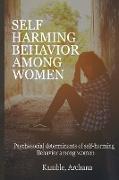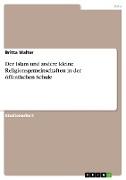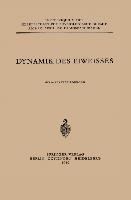Psychosocial determinants of self-harming behavior among women
BücherAngebote / Angebote:
INTRODUCTION World Health Organization ([WHO], 2004) claimed that suicide represents 1.4% of the Global Burden of Disease globally, which causes around half of all violent deaths and results in nearly one million fatalities every year with an economic cost of billions of dollars. Self-harm behaviour (SHB), which is closely associated with suicide, also claims human lives when occurring with severe intensity. Addressing the absence of and the need for a standard nomenclature regarding suicide-related behaviours, O'Carroll et al. (1996) offered the one consisting of a cluster of four behaviours: self-harm (SH), suicidal attempt (SA), suicide threat (ST), and suicide ideation (SI). It was later adopted by Gutierrez (1998 - in Gutierrez & Osman, 2001) for developing the Self-Harm Behaviour Questionnaire (SHBQ). It is difficult to claim which suicide-related behaviour occurred very first. Nevertheless, suicide is presumed to be not only the very first phenomenon to grab the attention of the world as a mysterious act, but also the first act to direct the researchers like Emile Durkheim, Edwin Shneidman, and Norman Farberow to attend it keenly, genuinely, and urgently from multiple perspectives, especially with reference to mental health. Edwin S. Shneidman, an American clinical psychologist, was the first who felt the need for introducing suicidology as a separate discipline, and established the institution known as American Foundation of Suicidology (see Leenaars, 2010, Shneidman, 2007). Besides, he established the first suicide prevention and
Folgt in ca. 10 Arbeitstagen




